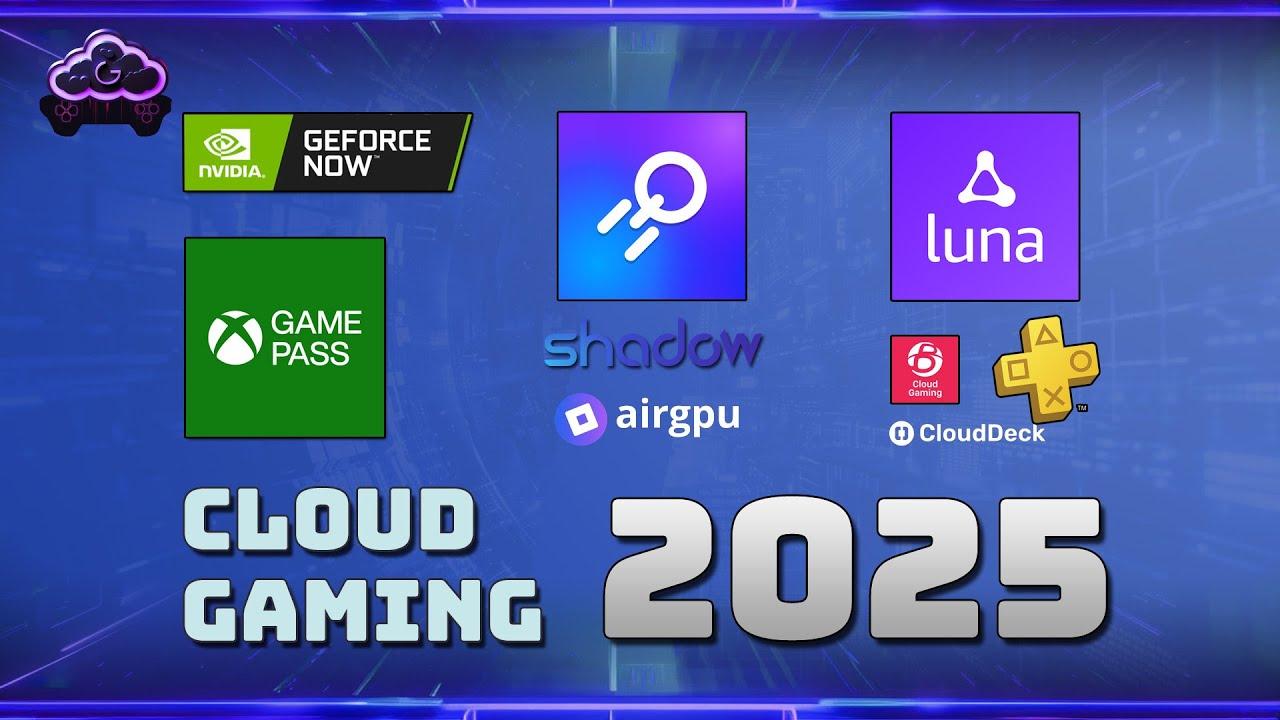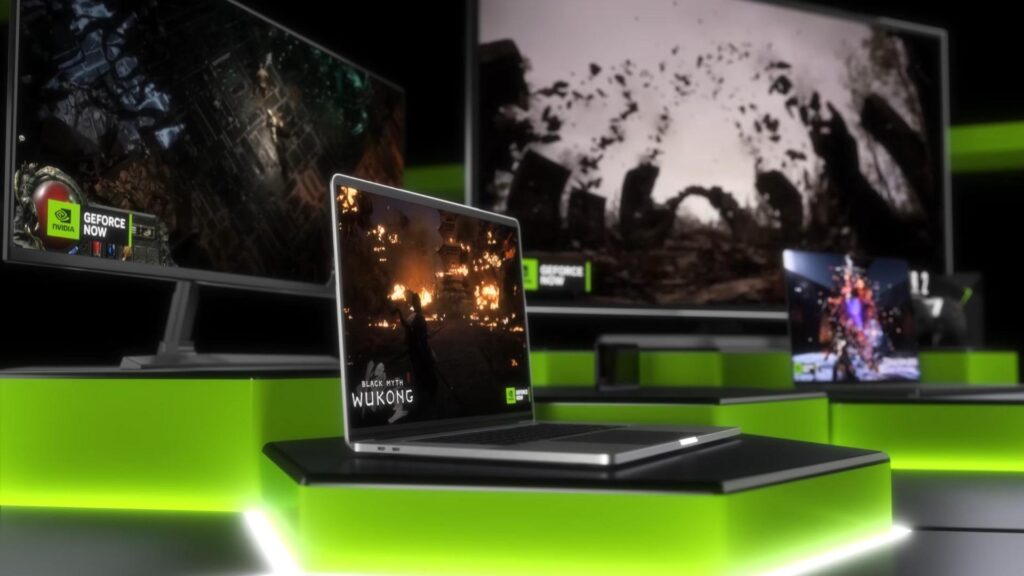As the digital landscape continues its rapid evolution, the gaming world stands on the brink of a transformative era. Cloud gaming, once a futuristic concept whispered among tech enthusiasts, is now stepping into the spotlight with unprecedented momentum. By 2025, questions arise: Can the convenience and accessibility of cloud gaming truly eclipse the tactile experience and performance of traditional consoles? This article delves into the capabilities, challenges, and potential of cloud gaming to redefine how we play, exploring whether it’s poised to become the new standard or simply coexist alongside the beloved consoles of the past.
Table of Contents
- The Evolution of Cloud Gaming Technology and Its Impact on User Experience
- Challenges Facing Cloud Gaming Adoption in Mainstream Markets
- Comparing Performance and Accessibility Between Cloud Gaming and Traditional Consoles
- The Role of Internet Infrastructure in Shaping the Future of Gaming
- Strategies for Developers and Consumers to Navigate the Cloud Gaming Landscape
- Frequently Asked Questions
- Insights and Conclusions
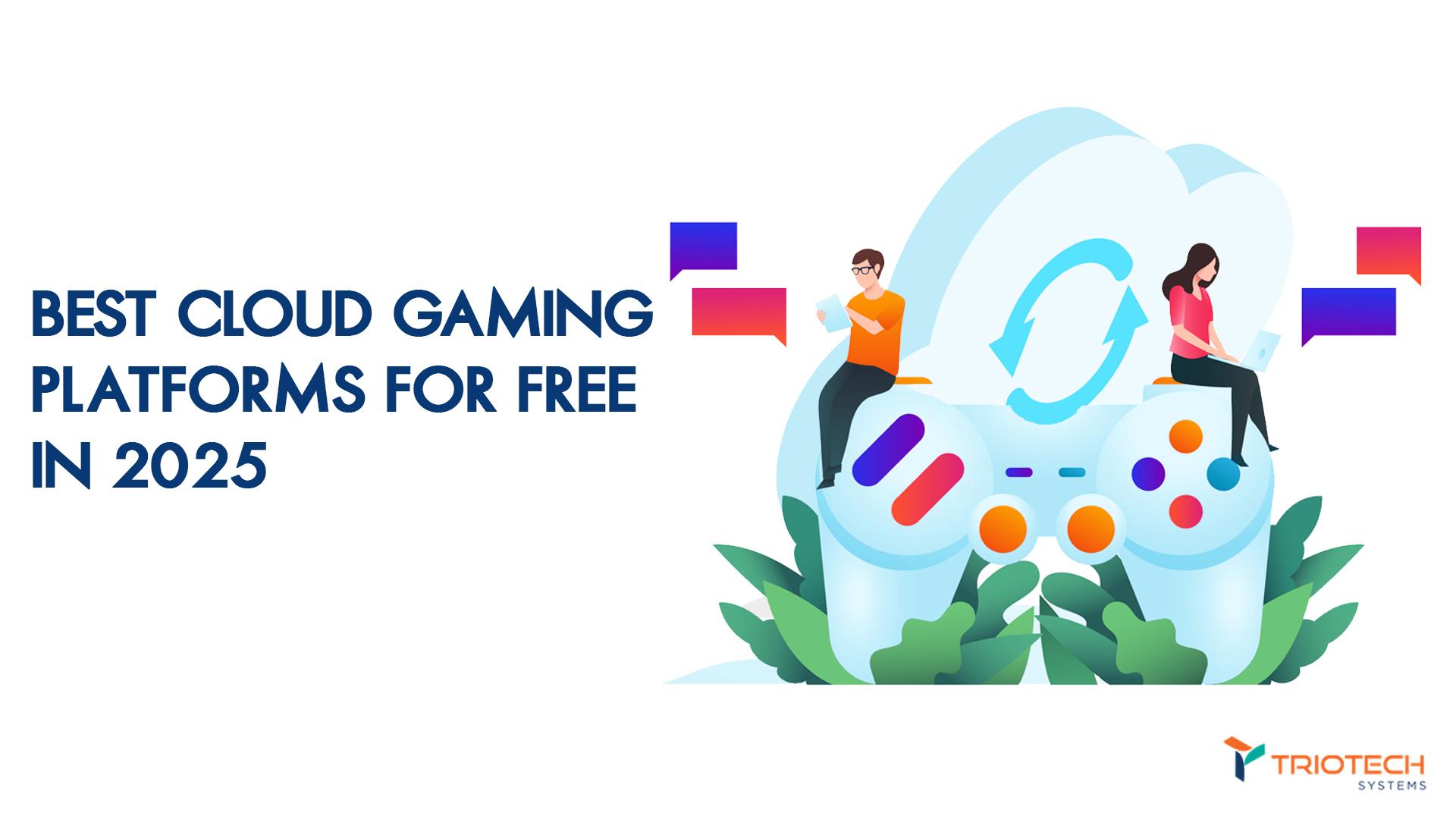
The Evolution of Cloud Gaming Technology and Its Impact on User Experience
Cloud gaming technology has undergone remarkable transformations since its inception, shifting from experimental streaming services to robust platforms capable of delivering high-fidelity gaming experiences. Early iterations struggled with latency and limited library selections, but advancements in edge computing, AI-driven compression algorithms, and 5G connectivity have dramatically enhanced responsiveness and visual quality. This evolution not only broadens accessibility but also redefines how players interact with games, breaking free from the constraints of hardware limitations.
Key technological breakthroughs include:
- Real-time adaptive streaming that minimizes lag and artifacts
- Cloud-based AI optimizations for personalized graphics and gameplay
- Integration with diverse devices, from smartphones to smart TVs
- Scalable server infrastructures ensuring consistent performance worldwide
These improvements collectively foster a seamless user experience, where the line between local and cloud gaming blurs. Players enjoy instant access to vast game libraries without bulky downloads or expensive hardware upgrades. Moreover, the social dimension of gaming is amplified through synchronized multiplayer ecosystems hosted entirely in the cloud, enabling cross-platform collaboration and competition. However, challenges such as data privacy concerns and dependency on stable internet connections remain pivotal factors influencing adoption rates.
| Feature | Traditional Consoles | Cloud Gaming Platforms |
|---|---|---|
| Hardware Requirement | High-end console purchase | Minimal device specs needed |
| Game Library Access | Disc/digital ownership | Subscription-based streaming |
| Latency | Low (local processing) | Variable, improving with tech |
| Portability | Limited to console location | Playable anywhere with internet |
Challenges Facing Cloud Gaming Adoption in Mainstream Markets
Despite its promising future, cloud gaming continues to grapple with several significant hurdles that slow its acceptance among mainstream audiences. One of the most glaring issues is latency. Even minor delays between controller input and on-screen action can shatter immersion, especially in fast-paced competitive games where precision is paramount. While 5G and fiber-optic internet are gradually expanding, many regions still suffer from inconsistent connectivity, making cloud gaming less reliable than traditional consoles.
Another critical barrier is the cost of infrastructure and subscription models. Unlike purchasing a console once, cloud gaming often requires ongoing payments, which can accumulate over time. Additionally, the need for high-speed internet data plans can be prohibitive for users with limited bandwidth or expensive data caps. This economic friction creates a divide where only users with robust networks and disposable income can truly enjoy the experience.
Moreover, the game library fragmentation poses challenges. While many platforms boast extensive catalogs, exclusivity deals and licensing restrictions often mean that not every title is accessible everywhere. This inconsistency can frustrate gamers who expect seamless access to their favorite franchises across devices. Finally, there is a psychological attachment to physical hardware; consoles offer a tactile, social experience that streaming alone struggles to replicate.
- Latency and network dependency affecting gameplay fluidity
- Subscription fatigue and ongoing costs deterring casual players
- Limited game availability due to licensing and platform exclusives
- Emotional and cultural attachment to physical consoles and local multiplayer
| Challenge | Impact | Potential Solution |
|---|---|---|
| Latency | Input lag reduces gameplay enjoyment | Edge computing and 5G rollout |
| Subscription Costs | High total expense over time | Flexible payment models |
| Game Library | Fragmented availability | Cross-platform licensing agreements |
| Hardware Attachment | Resistance to cloud-only solutions | Hybrid models with optional hardware |
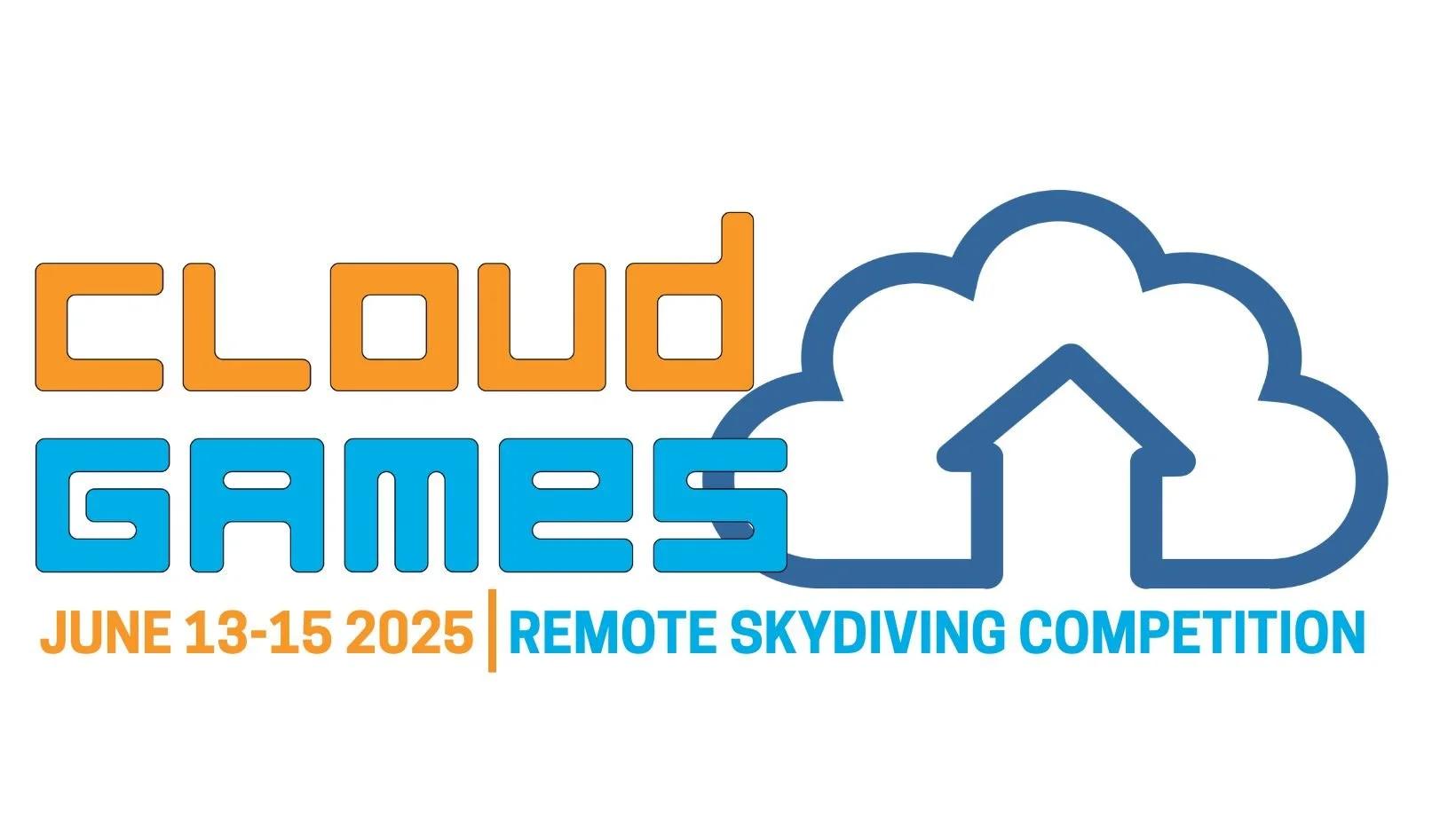
Comparing Performance and Accessibility Between Cloud Gaming and Traditional Consoles
When evaluating the performance of cloud gaming versus traditional consoles, latency and graphical fidelity often take center stage. Traditional consoles benefit from dedicated hardware, ensuring immediate processing power tailored specifically for gaming. This results in consistent frame rates, minimal input lag, and a rich, immersive visual experience that remains largely unaffected by internet quality. Conversely, cloud gaming depends heavily on a stable, high-speed connection, where any fluctuation can introduce latency or compression artifacts that disrupt gameplay.
Accessibility presents a different narrative altogether. Cloud gaming platforms democratize gaming by removing the need for costly hardware upgrades, allowing gamers with modest devices to access high-end titles instantly. This ease of access is particularly beneficial in regions with limited retail availability of consoles or for users who prefer gaming on multiple devices without the hassle of installations or updates.
To summarize these differences, consider the following comparison:
| Aspect | Cloud Gaming | Traditional Consoles |
|---|---|---|
| Performance Consistency | Variable, dependent on internet | Stable, hardware-driven |
| Input Lag | Potentially noticeable | Minimal |
| Accessibility | High, device-agnostic | Limited to console owners |
| Cost | Subscription-based | One-time hardware purchase |
Ultimately, the choice between cloud gaming and traditional consoles hinges on what gamers prioritize. For those craving guaranteed performance and tactile control, consoles remain king. Yet, for players valuing convenience, flexibility, and access, cloud gaming offers an enticing alternative that continues to evolve rapidly.
The Role of Internet Infrastructure in Shaping the Future of Gaming
As cloud gaming edges closer to mainstream adoption, the backbone supporting this revolution-robust internet infrastructure-becomes increasingly critical. High-speed fiber optics, 5G networks, and edge computing centers are not just luxury additions but necessities, ensuring low latency and seamless data transmission. Without these technological pillars, the dream of instant, high-fidelity gaming experiences streamed directly to any device remains out of reach.
Modern internet infrastructure empowers gamers with:
- Reduced latency: Real-time responsiveness is non-negotiable in competitive gaming, achieved only through advanced network protocols and geographically distributed servers.
- Consistent bandwidth: Streaming ultra-HD graphics demands stable connections that can handle large volumes of data without buffering interruptions.
- Scalability: As player bases grow, infrastructure must dynamically allocate resources to prevent server overloads and ensure smooth gameplay.
To visualize the requirements for a truly immersive cloud gaming experience, consider the following comparison:
| Infrastructure Feature | Minimum Specs for Cloud Gaming | Current Average Specs |
|---|---|---|
| Download Speed | 50 Mbps | 35 Mbps |
| Latency | < 20 ms | ~50 ms |
| Server Proximity | < 50 km | ~150 km |
Bridging this gap hinges on continuous investments and innovations in internet infrastructure worldwide. As nations prioritize connectivity upgrades, the future of gaming shifts from hardware-bound consoles to flexible, cloud-powered ecosystems accessible anywhere, anytime.
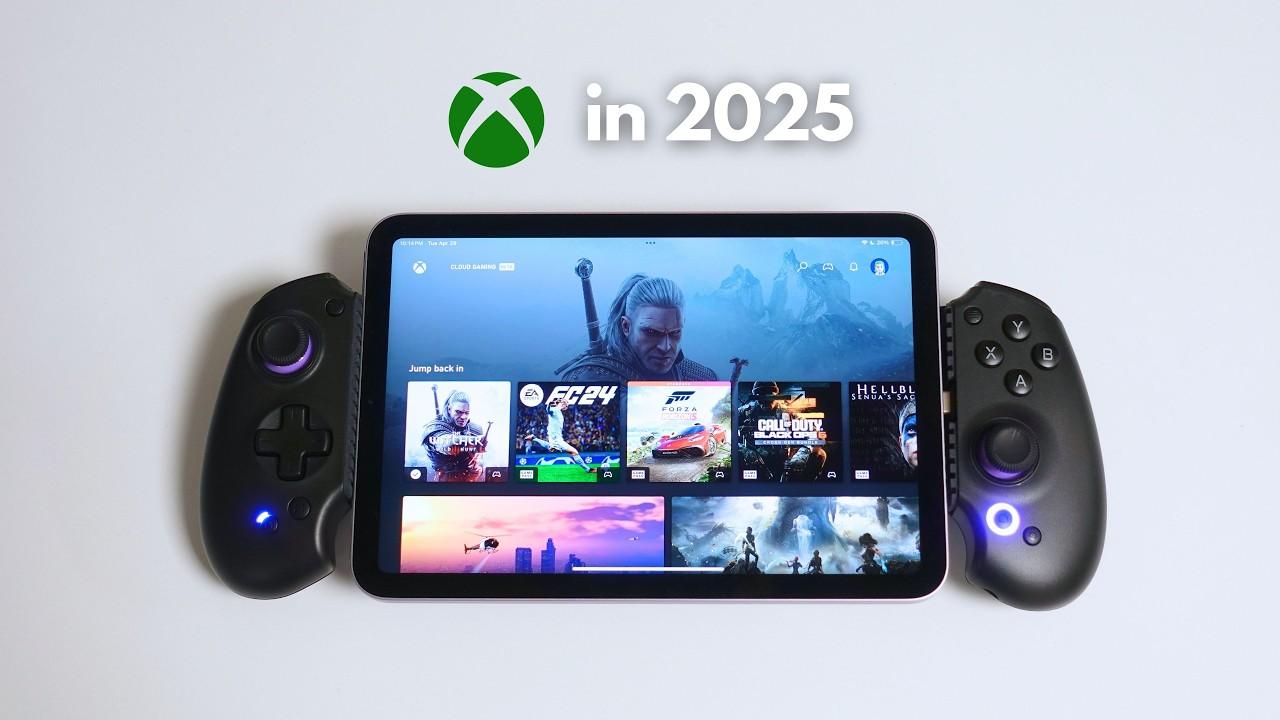
Strategies for Developers and Consumers to Navigate the Cloud Gaming Landscape
As cloud gaming continues to evolve, both developers and consumers must adopt tailored strategies to thrive in this dynamic space. For developers, optimizing game design for streaming is paramount. This means reducing latency through efficient coding and leveraging adaptive bitrate streaming to ensure smooth gameplay across diverse network conditions. Incorporating modular game architectures also allows easier updates and scalability without requiring full downloads or patches.
Consumers, on the other hand, should focus on building a reliable infrastructure at home. Investing in robust internet connections and compatible devices can drastically improve the cloud gaming experience. Additionally, experimenting with different cloud gaming platforms to find one that aligns with personal preferences-whether that’s exclusive titles, subscription models, or regional server availability-is crucial to maximizing value and enjoyment.
Collaboration between the two groups is becoming increasingly important. Developers can engage with users through beta tests and feedback forums to fine-tune performance and content delivery. Meanwhile, consumers should be proactive in reporting issues and suggesting features that enhance accessibility and immersion.
- Developers: Embrace cross-platform compatibility to reach wider audiences.
- Consumers: Prioritize platforms with flexible subscription and purchase options.
- Both: Stay informed about emerging technologies like edge computing and 5G integration.
| Strategy | Developers | Consumers |
|---|---|---|
| Latency Reduction | Optimize network code | Use wired connections |
| Content Delivery | Modular updates | Choose diverse platforms |
| Feedback Loop | Beta testing | Active reporting |
Frequently Asked Questions
Q: What is cloud gaming, and how does it differ from traditional console gaming?
A: Cloud gaming allows players to stream games directly from remote servers to their devices, eliminating the need for physical hardware or downloads. Unlike traditional consoles, which rely on local processing power, cloud gaming leverages vast data centers to handle game rendering, offering instant access without the typical storage or performance limitations.
Q: By 2025, how advanced is cloud gaming technology expected to be?
A: By 2025, cloud gaming is projected to feature ultra-low latency, near-instant load times, and high-fidelity graphics comparable to current-generation consoles. Improvements in 5G, fiber-optic internet, and edge computing will enable smoother gameplay experiences even on modest devices, broadening accessibility.
Q: Can cloud gaming fully replace consoles in the near future?
A: While cloud gaming offers remarkable convenience and flexibility, consoles retain advantages such as dedicated hardware optimization, exclusive titles, and offline capabilities. It’s more likely that cloud gaming and consoles will coexist, with cloud services complementing rather than completely replacing physical devices.
Q: What challenges might prevent cloud gaming from overtaking consoles by 2025?
A: Key obstacles include inconsistent internet infrastructure globally, data caps, and concerns over game ownership and digital rights management. Additionally, latency-sensitive genres like fighting games and competitive shooters may still perform best on local hardware.
Q: How might the gaming industry evolve with the rise of cloud gaming?
A: The industry could see new business models emphasizing subscription services and game libraries accessible across devices. Developers might prioritize scalable game designs optimized for streaming, while hardware manufacturers could shift focus towards creating hybrid devices that blend local and cloud processing.
Q: What does this mean for gamers themselves?
A: Gamers could enjoy unprecedented freedom to play anywhere, anytime, on a variety of screens-from smartphones to smart TVs-without investing in costly hardware. However, they may need to adapt to new ways of accessing and owning games, balancing convenience with connectivity requirements.
Q: In summary, will cloud gaming dethrone consoles by 2025?
A: Cloud gaming is poised to significantly reshape the gaming landscape by 2025, but rather than a full replacement, it’s more of a powerful alternative. Consoles will likely remain relevant for enthusiasts and offline play, while cloud gaming expands horizons for casual and mobile gamers alike.
Insights and Conclusions
As we peer into the horizon of 2025, cloud gaming stands not just as a technological marvel but as a testament to how far interactive entertainment has evolved. While the allure of instant access and seamless play from anywhere continues to grow, consoles remain deeply rooted in the hearts of many gamers, offering a tactile connection and dedicated hardware that cloud services strive to emulate. Whether cloud gaming will fully eclipse traditional consoles or simply coexist as a powerful alternative remains an open question-one shaped by innovation, infrastructure, and player preference. In the end, the future of gaming may not be about choosing sides, but embracing a landscape where both can thrive, delivering experiences that captivate players in ways once thought impossible.